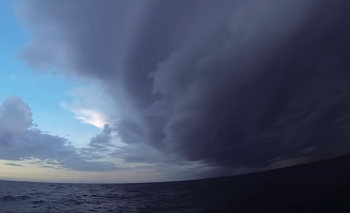Weather is unpredictable, especially if you are a boater. This blog post will help you determine when dangerous weather conditions might be in the forecast for your area so that you can plan accordingly and avoid any risks. Weather forecasts can change frequently, but these tips will keep you prepared.
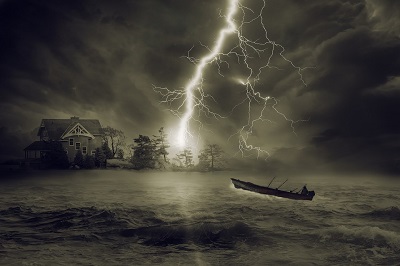
Weather is an unpredictable element that can affect people’s moods and activities. Therefore, the boater should be ready for any situation that might occur. They should know what to do when they encounter such situations. Some common weather elements can affect their activities. The three main ones are rain, wind, and fog. The others include thunderstorms, hurricanes, and tornadoes.
Rain – Rain can cause flooding and that can become very dangerous. The presence of rain can greatly affect our ability to take part in outdoor activities because of the danger of lightning. As a result, you should exercise caution when taking part in outdoor activities in the rain.
Wind– Wind can affect the performance of ships, sailing boats, and small vessels. So it is better to stay at home when there is very strong wind outside on the lake or river.
Fog – Fog can be hazardous when you are navigating your boat. You can not see anything clearly because of it.
When should you expect dangerous weather?
When you sail on the water you need to expect that the weather can change and be unpredictable at times.
This can be the reason why you might be in bad weather without you noticing it. You may be caught by surprise without having the means of preparing for bad weather.
It is quite difficult to forecast when bad weather can occur. If you are not prepared for stormy weather and sailing on a calm sea, then you may be in trouble. Even if you are prepared, you may encounter stormy weather without you knowing. Therefore, you need to be prepared for any kind of stormy weather so that you can be safe and comfortable.
This may include a wide range of things like rain, wind, hail, and snow.
Dark clouds
The first sign of foul weather is when dark clouds tower over your boating area. When the cumulus (c) and towering cumulus nimbus clouds become larger than previously seen, be on alert for potentially dangerous conditions. When the clouds begin to cover more sky than usual or are larger and darker than formerly seen, be wary.
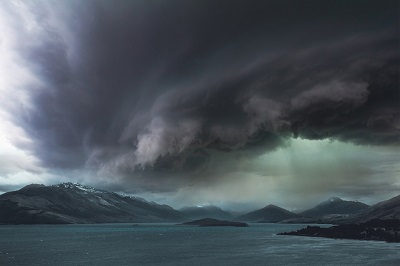
To identify these formations: Study clouds as they form and move in the sky. When you see towering cumulus clouds that tower higher than surrounding cloud layers with dark bottoms, there’s a high chance of a thunderstorm forming.
Shift in winds
The next indicator of bad weather approaching is a shift in winds that usually brings stronger gusts from different directions than usual. When winds shift rapidly and constantly change direction, there’s a high probability of foul weather. When the winds switch directions from calm to shifts that are more turbulent than normal, watch out for lightning storms or strong thunderstorm winds blowing toward your vessel. If you’re going to be on the water, don’t boat during a severe storm.
Large waves
One reliable indicator that bad weather is near is when waves become larger and higher than usual, moving erratically. When the waves begin to show more white caps than usual, especially if there are a few scattered larger ones here and there, it’s a good indication of rapidly changing conditions that will possibly turn into a storm.
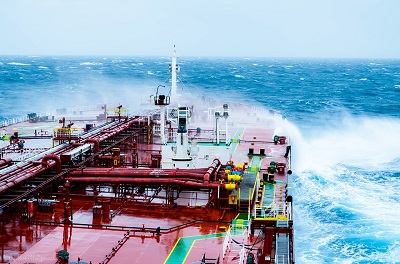
When you see these white-capped waves forming along with other indicators listed above such as darkening skies and shifting winds, it’s time to get out of the way or prepare for dangerous weather.
Temperatures
When temperatures quickly shift from one extreme to another, watch out! When you notice a rapid change in current temperature (from cold to warm or vice versa), there’s a high probability of bad weather. When you hold your hand over the water and it suddenly feels much warmer than prior, expect lightning storms building in that area quickly.
Heavy rainfall
Heavy rainfall is another indicator of bad weather approaching. When the rain becomes heavier and more frequent than before with no indication of a decrease in rainfall, brace yourself for strong wind gusts or even a storm.
Barometric pressure
When the barometer begins to fall from its previously reported measurement, bad weather is likely coming your way. If the current pressure level is lower than what’s been reported on a weather forecast or last measured, there’s a high chance of wind and rain headed in your direction. Monitor barometric pressure for falling levels at all times and get prepared for severe weather.
Thunder
You will also try to hear thunder rumbling in the distance when storms are approaching. When you hear thunder, expect a storm within hours.
Fog
Fog will also act as a warning sign of bad weather coming. When fog covers the area more than usual and is accompanied by dark skies, look out for lightning storms or strong gusts of wind that could blow your boat off course or into danger. The first step of navigating in fog is to be prepared. You need the right gear, supplies, and knowledge before you go out on the water.
What should you do during dangerous weather?
Stay alert. When storms are approaching, don’t get distracted by anything else but the weather conditions around you. Watch for changing winds and currents that could potentially cause damage to your vessel or knock it off course. Stay attuned to what’s happening with barometers and water temperature levels which will help to keep you prepared when bad weather approaches.
NOAA weather reports are also the best way to stay updated on stormy conditions so you can avoid them and watch out for hazardous weather.

Stay in the safe harbor if bad weather is too severe or fast approaching. If you’re caught out at sea with an unexpected tempest, slow down speed and get to a safe harbor as soon as possible. Don’t try to brave it out at sea. Whether it’s a small or large storm, this is the only way to stay safe.
Stay safe and out of harm’s way by being prepared for bad weather and knowing how to respond when it arrives.
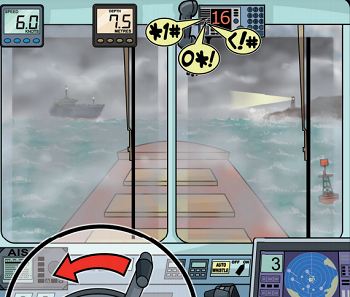
Conclusion
The National Weather Service issues warnings in advance of dangerous weather. But when should you expect the warning to be issued? It’s difficult to identify an exact time, but there are some telltale signs that can help predict a major storm on its way. If you see any of these symptoms, it may be wise to take precautions for your safety and the safety of those around you before serious winds or torrential rains strike. Fog, dark clouds, and lightning are clear signs that bad weather is approaching! We hope this blog post has helped prepare us all for what could lie ahead so we know just what kind of stormy sky we might encounter during our boating season.
You might be wondering why bad weather is dangerous. The answer is simple. It happens when there is a heavy downpour of rain with strong wind. It might be a bit cold during these situations, but at least you are safe, right?
Weather is a normal phenomenon in the world, but sometimes it comes without notice. It can cause different problems. For instance, a strong wind can blow the waves at high speed, which can easily damage your boat and injure people aboard.
Sometimes you will find yourself in a situation where there is a storm going on. As a boater, you will likely face the weather during your boating activities. Many boaters are in a position where they have experienced the effect of weather that is out of the ordinary.
